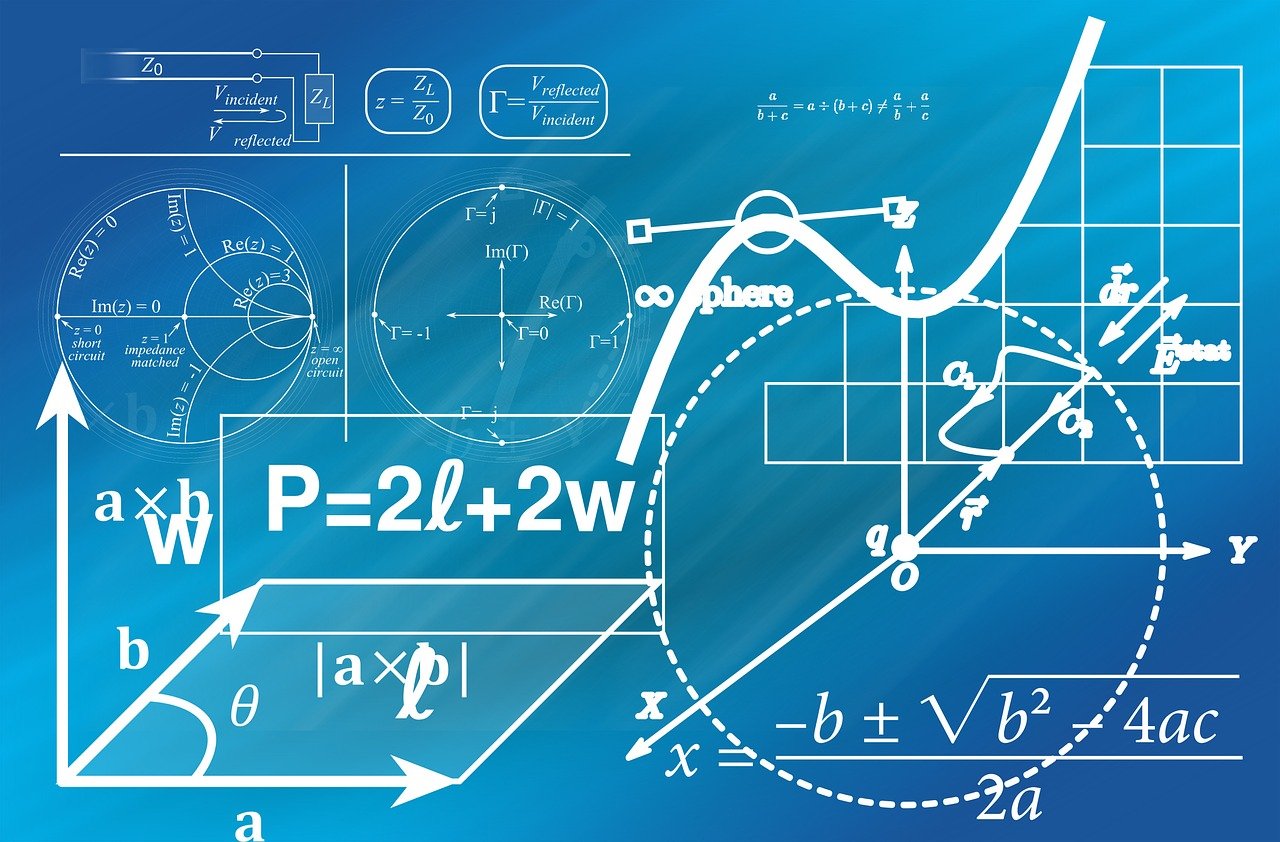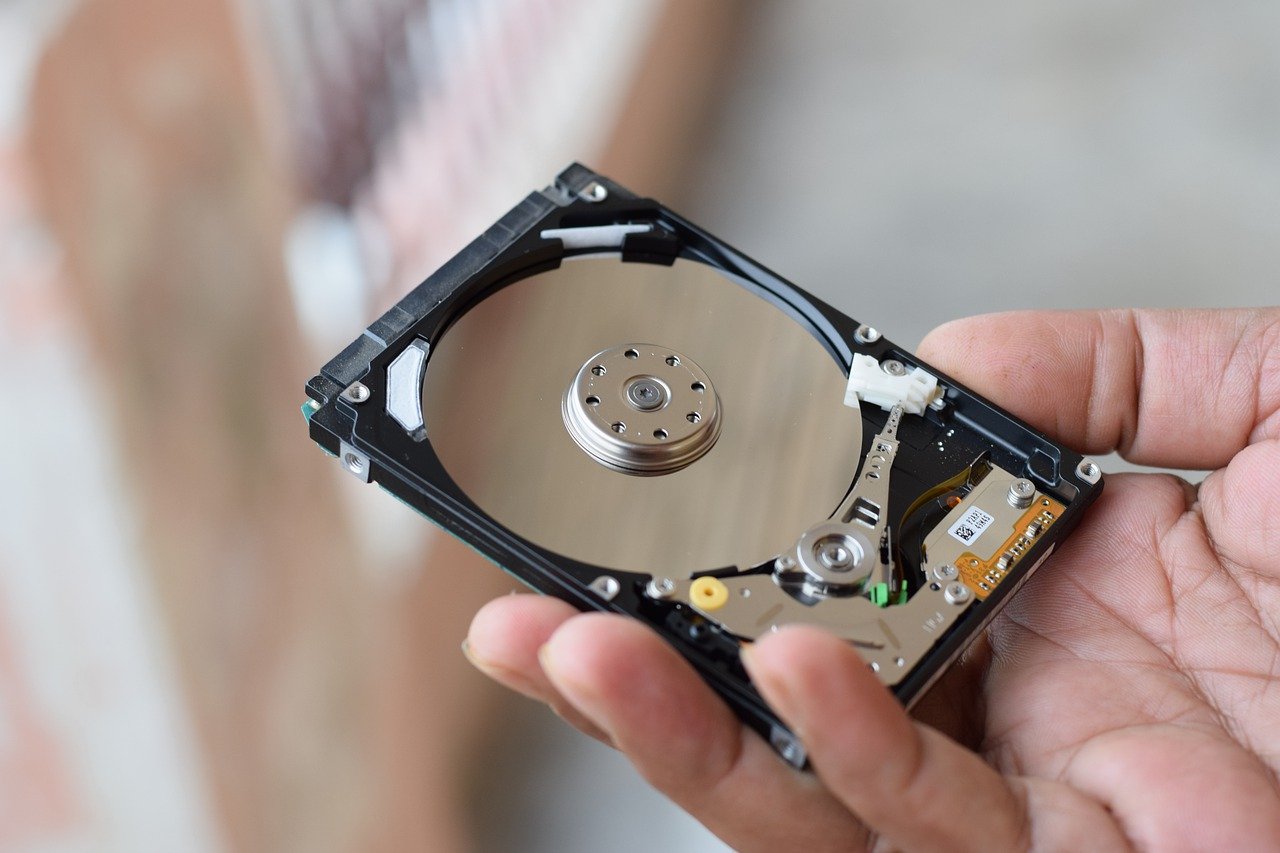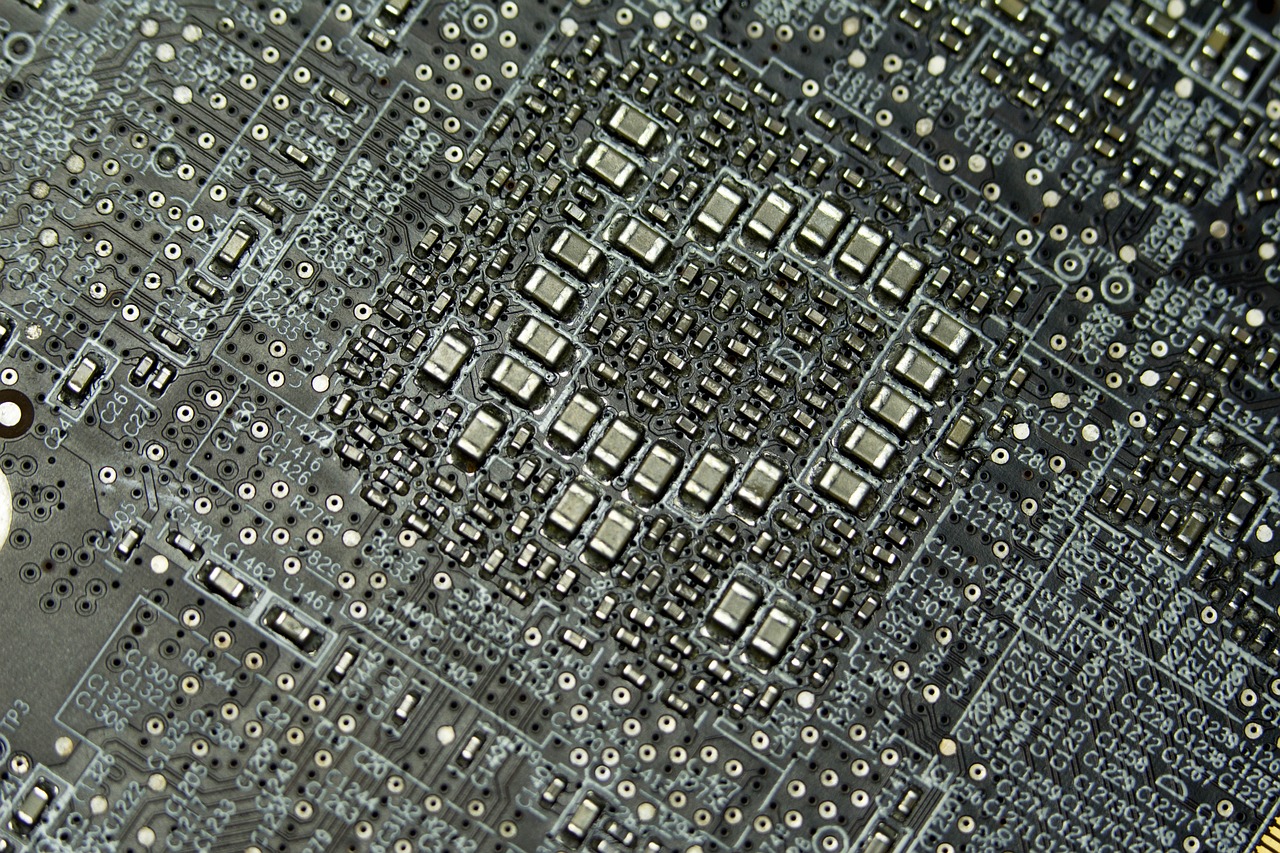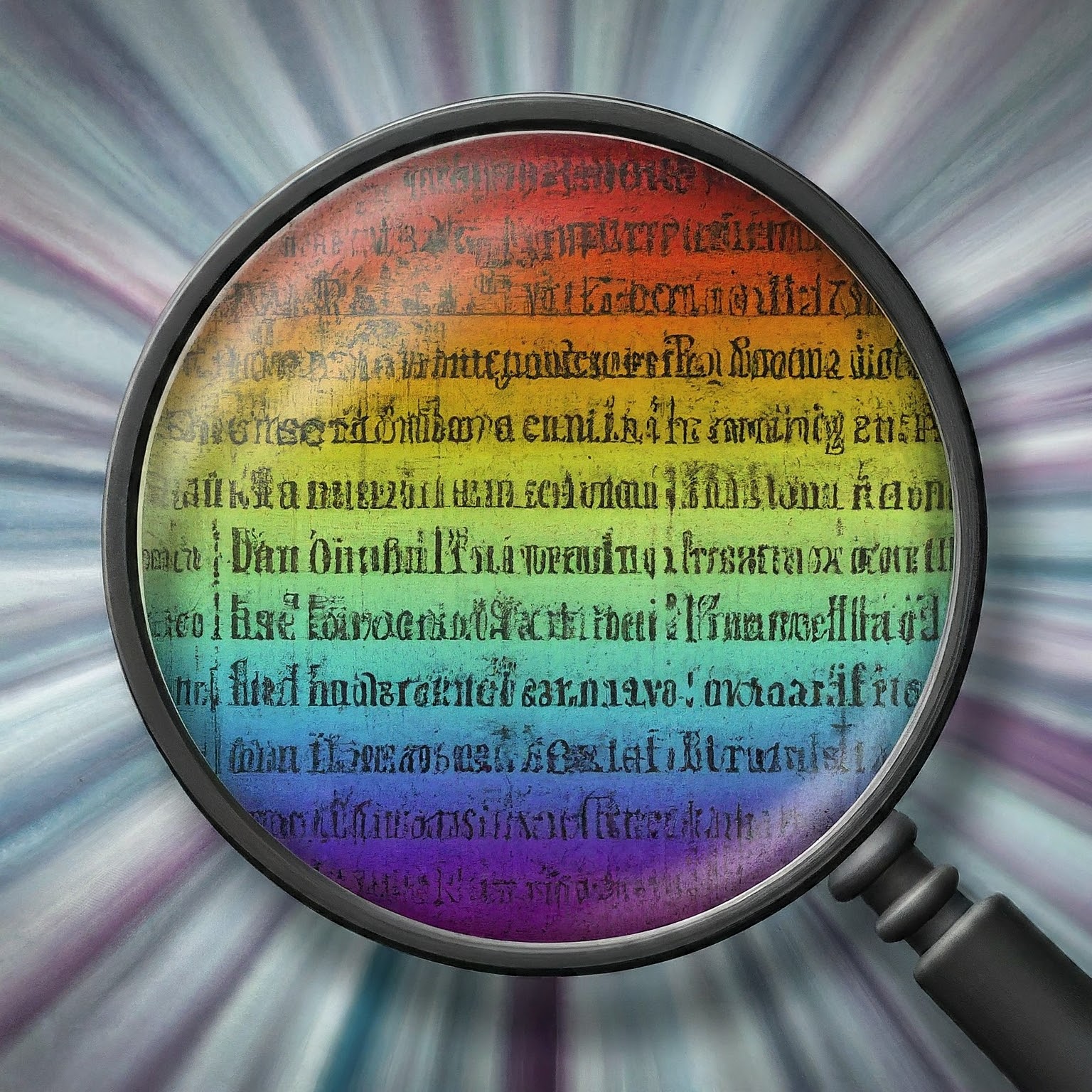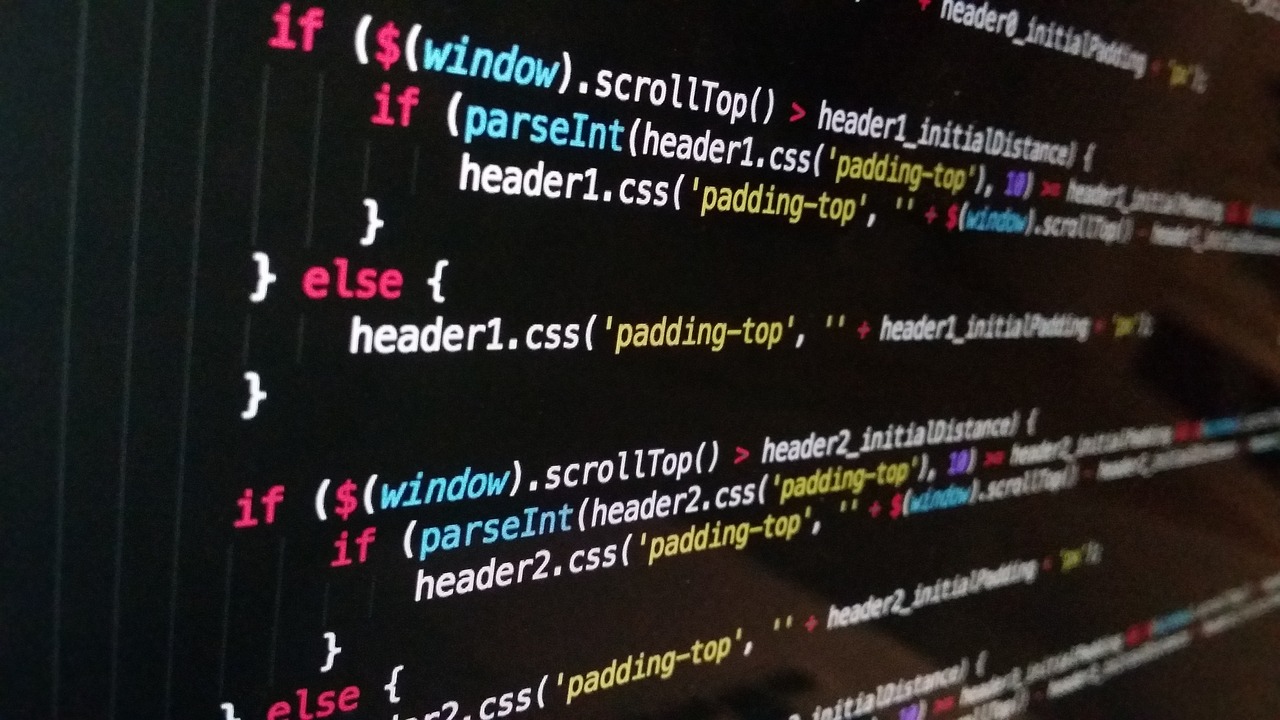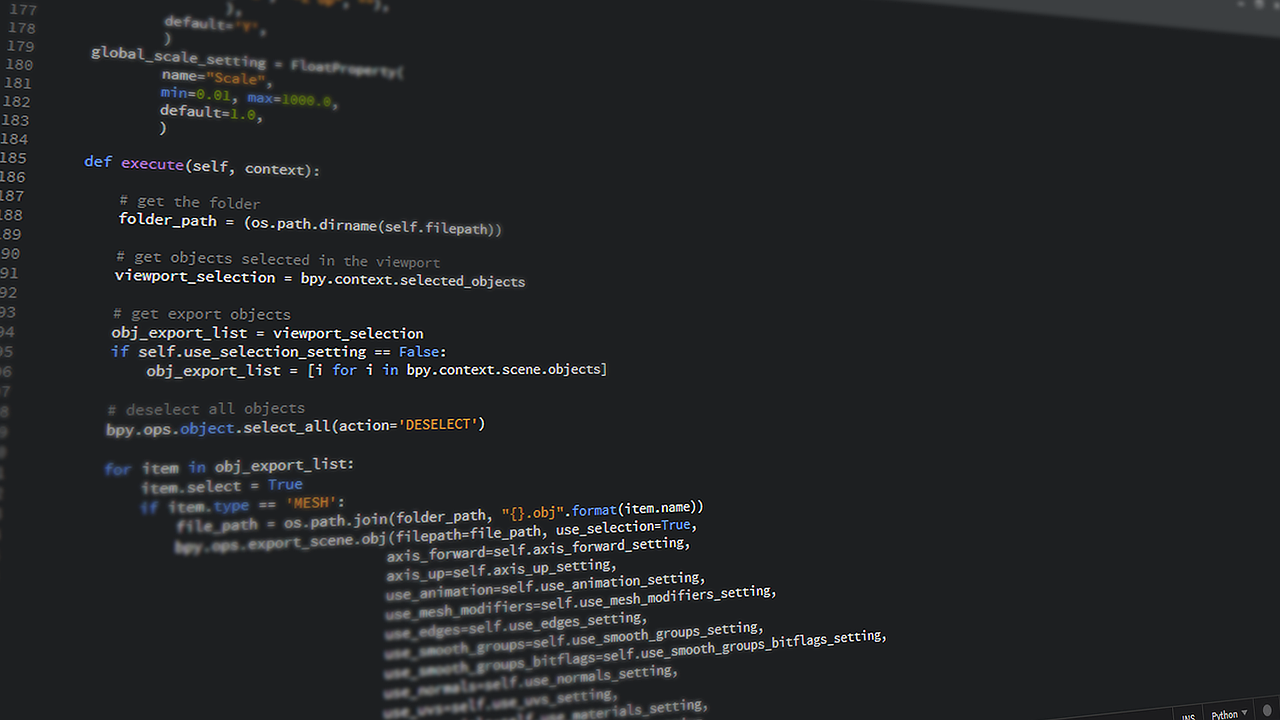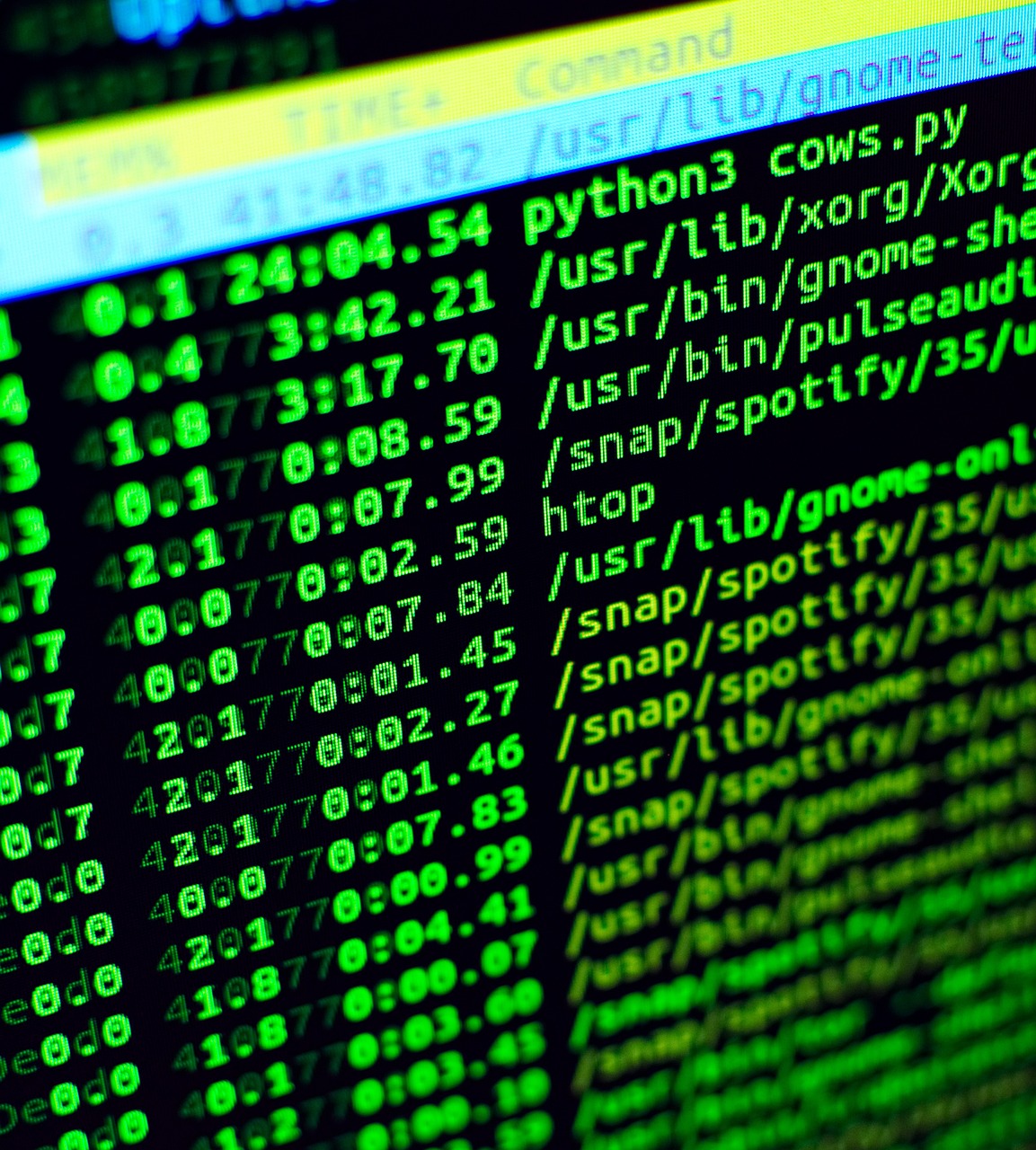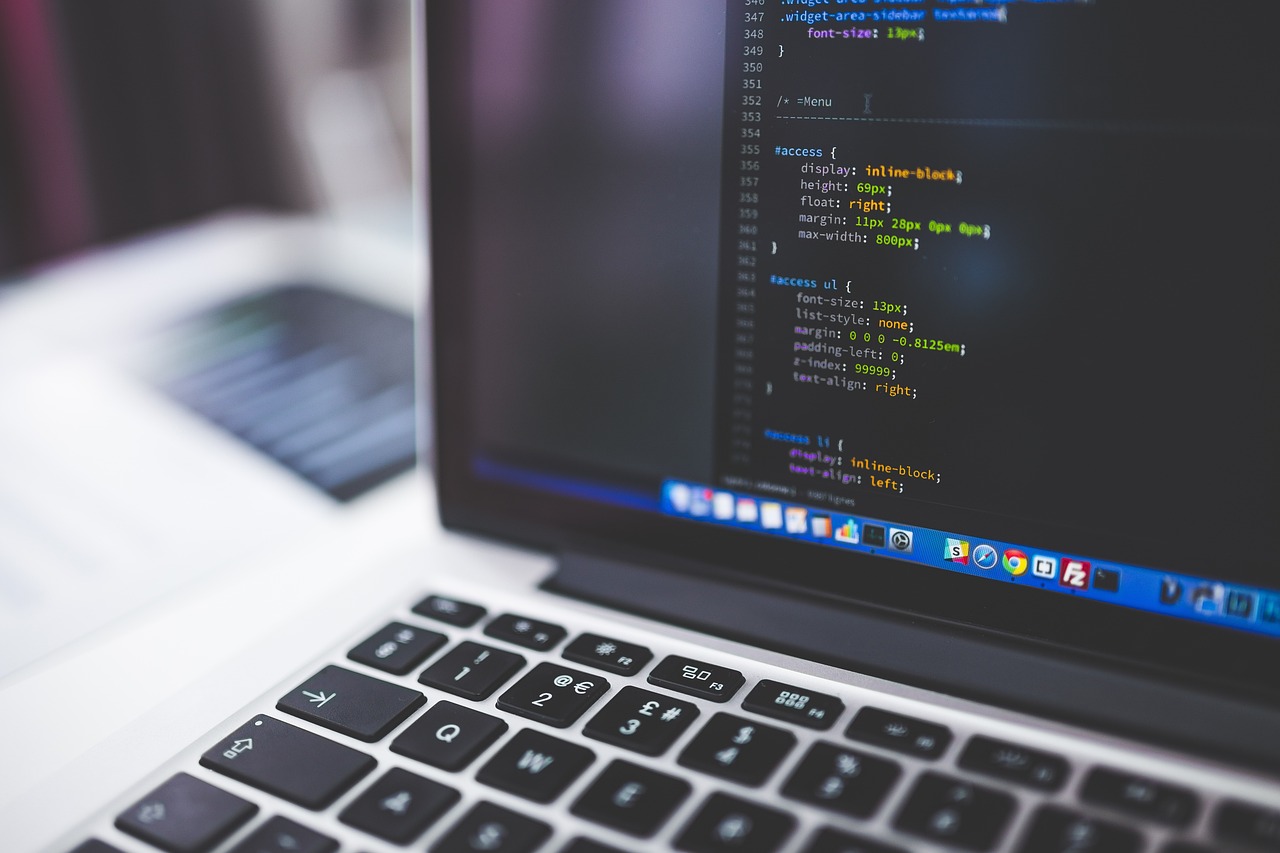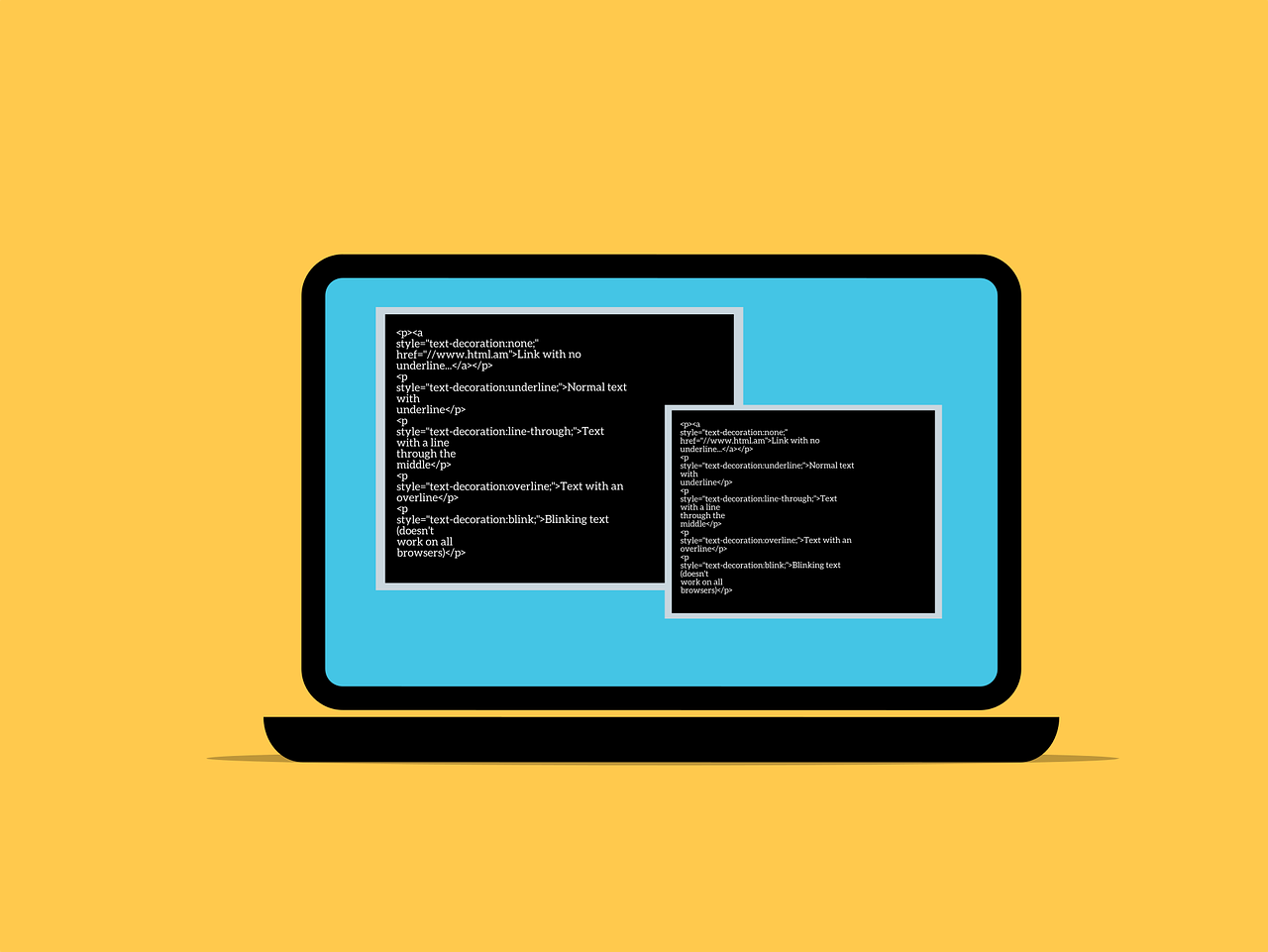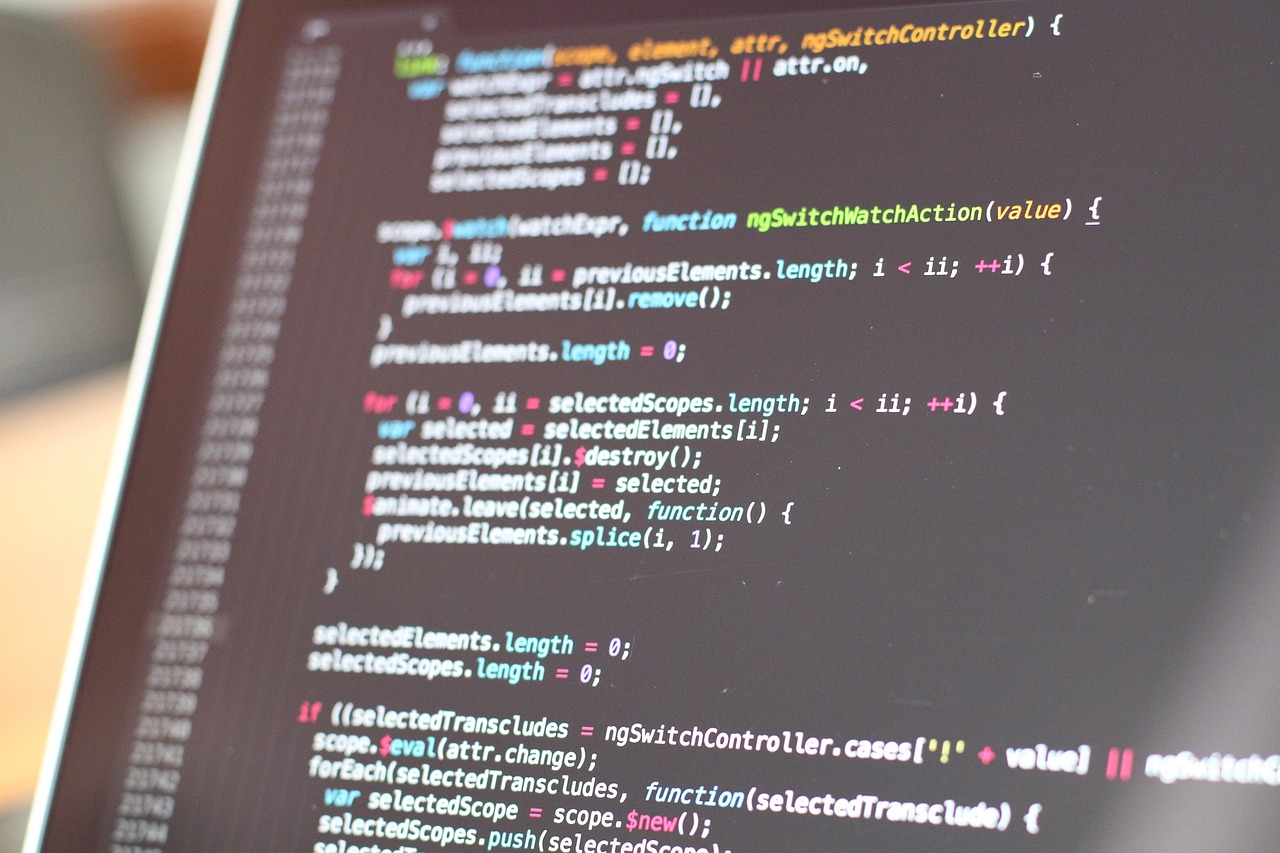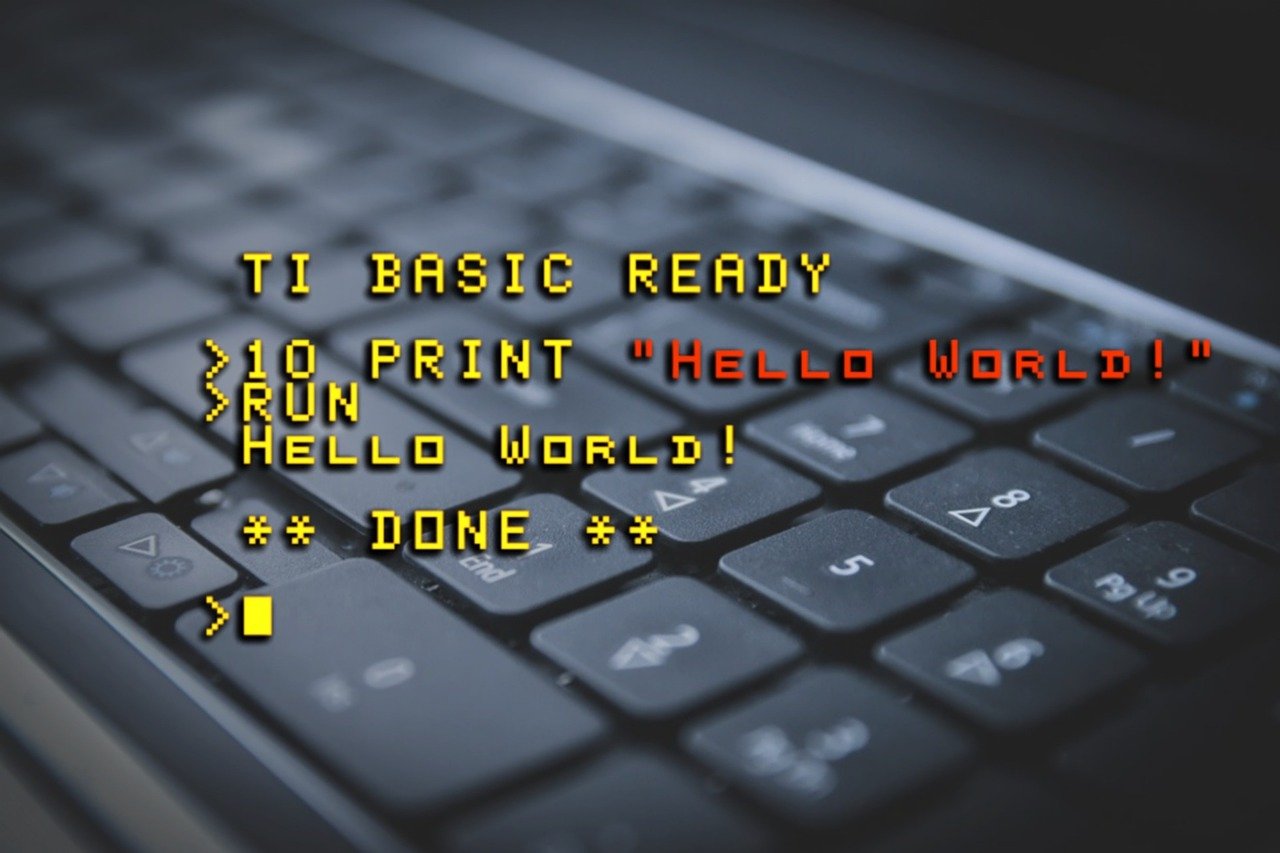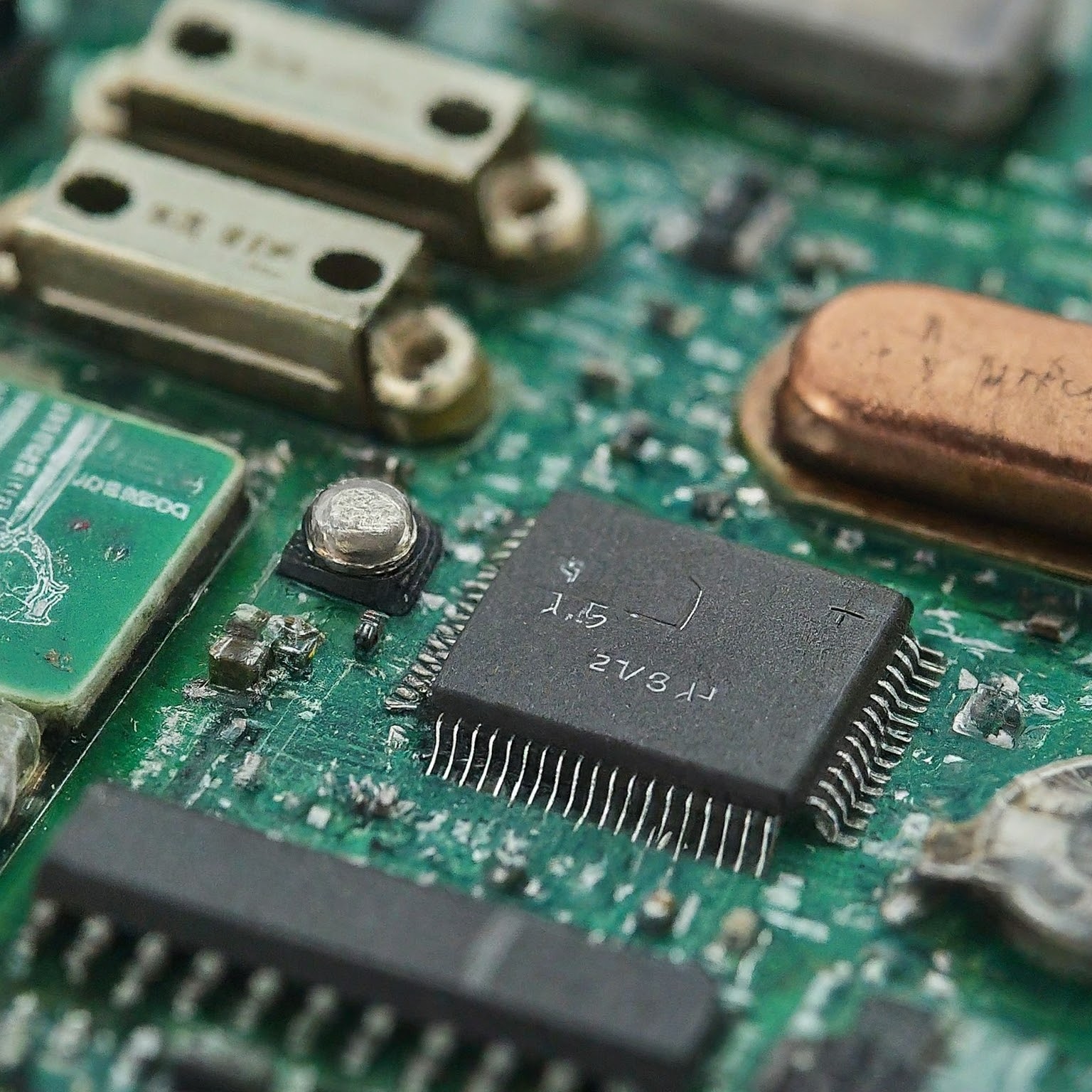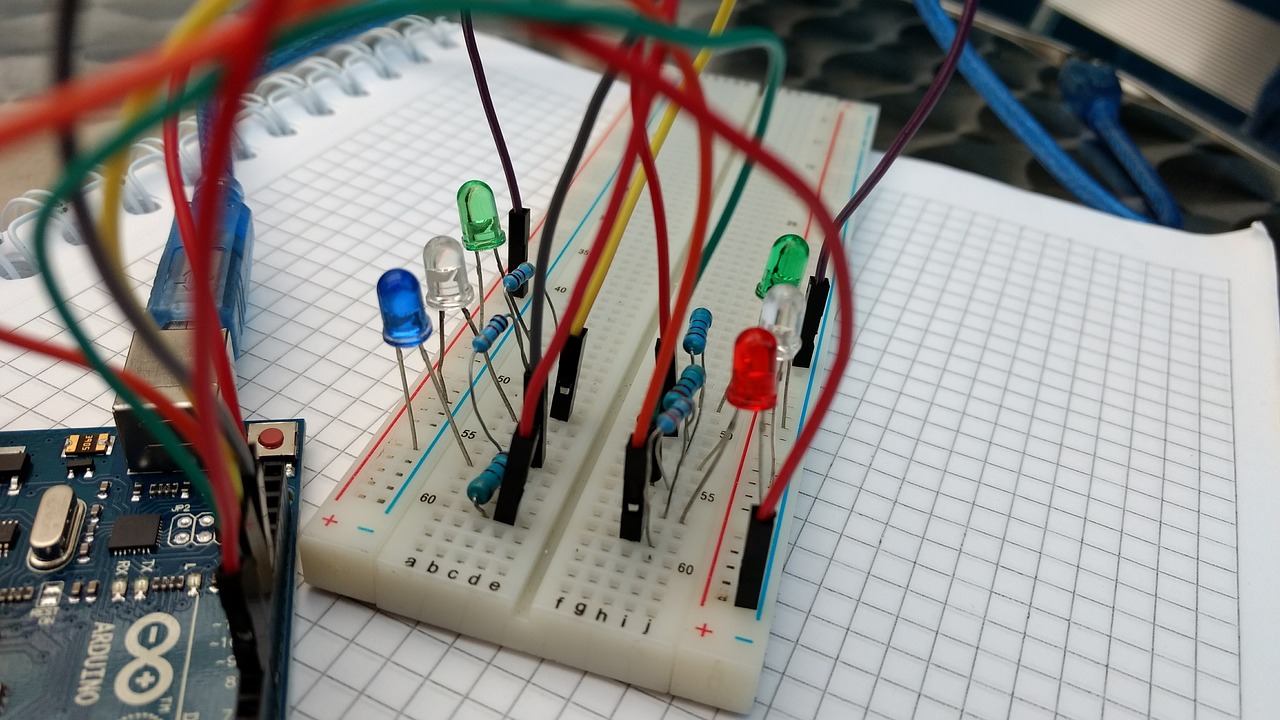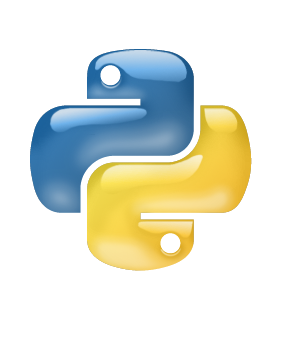
In the world of programming, adhering to consistent and readable code practices is paramount. This is especially true in Python, a language renowned for its simplicity and readability. One crucial document that aids Python developers in achieving this consistency is PEP 8. In this article, we will explore what PEP 8 is, why it is important, and how it benefits Python development.
What is PEP 8?
PEP 8 stands for Python Enhancement Proposal 8. It is a style guide for Python code written by Guido van Rossum, Barry Warsaw, and Nick Coghlan. The primary goal of PEP 8 is to improve the readability and consistency of Python code. It provides guidelines on formatting, naming conventions, code structure, and programming practices.
Why is PEP 8 Important?
Readability: Readable code is easier to understand, maintain, and debug. PEP 8 promotes consistent formatting and naming conventions, making code easier to read for developers.
Consistency: Consistency is key, especially in collaborative projects or when maintaining legacy code. PEP 8 ensures that all Python code within a project follows the same conventions, regardless of who wrote it.
Reduced Cognitive Load: By following a standard style guide like PEP 8, developers can focus more on solving problems rather than deciphering code formatting or naming inconsistencies.
Community Standards: PEP 8 reflects the collective wisdom and best practices of the Python community. Adhering to PEP 8 ensures that your code is familiar and comfortable for other Python developers.
Key Guidelines of PEP 8
Indentation: Four spaces should be used for indentation. Tabs should not be mixed with spaces.
Naming Conventions: Variable names should be lowercase, with words separated by underscores (snake_case). Class names should follow the CapWords convention (PascalCase). Constants should be in all uppercase with underscores separating words.
Whitespace: Use a single space after commas, colons, and semicolons within data structures. Avoid extraneous whitespace at the beginning or end of lines.
Imports: Imports should be grouped in the following order: standard library imports, related third-party imports, local application/library-specific imports. Within each group, imports should be alphabetically ordered.
Comments: Comments should be clear, concise, and follow the same indentation level as the code they describe.
Benefits of Following PEP 8
Improved Collaboration: Team members can easily understand and contribute to each other's code when it adheres to a common style guide like PEP 8.
Easier Maintenance: Consistently formatted code is easier to maintain and modify over time. Developers spend less time deciphering code and more time adding features or fixing bugs.
Code Reviews: PEP 8 provides a framework for code reviews, ensuring that all code submissions meet the same standards of quality and readability.
Career Advancement: Knowledge of PEP 8 and adherence to its guidelines showcase professionalism and attention to detail, which can enhance career prospects for Python developers.
Conclusion
PEP 8 is more than just a style guide; it's a blueprint for writing clean, readable, and maintainable Python code. By following its guidelines, developers can create code that is not only efficient but also easy to understand and collaborate on. Whether you're a beginner or a seasoned Python developer, embracing PEP 8 is a valuable step towards writing high-quality Python code.
Your email address will not be published. Required fields are marked *

